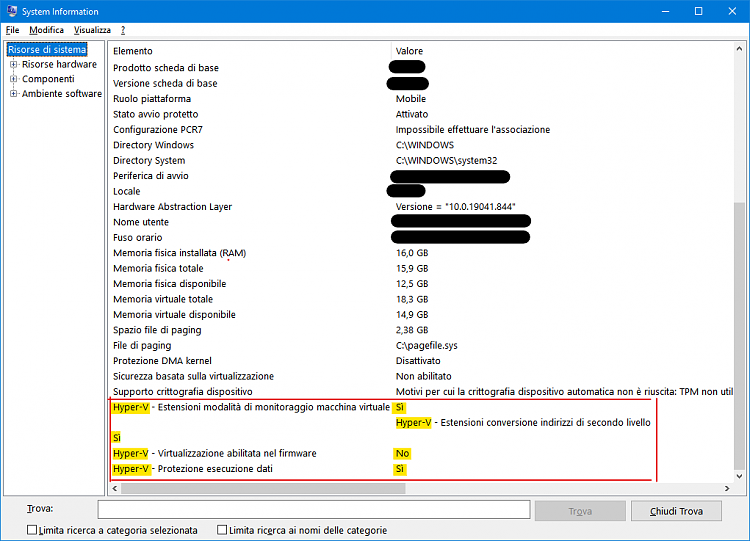
In this post, we will show you the three ways to disable Hyper-V on Windows 11/10. Each virtual machine acts like a complete computer, running an operating system and programs. It lets you create and run a software version of a computer, called a virtual machine. Look in the Start menu, and you'll find a new entry for Hyper-V Manager which you can then use to install and test out various operating systems, from Linux distros to Windows 11.Hyper-V is Microsoft’s hardware virtualization product. Right click the file and select Run as administrator, let the batch file run and then restart Windows. bat part that's important you an use any name you like). Save the document as a batch file (click File > Save As, select All Files (*.*) from the Save as type drop down menu, and then in the File name box type h-v.bat - although it is the. hv.txt 2^>nul') do dism /online /norestart /add-package:"%SystemRoot%\servicing\Packages\%%i"ĭism /online /enable-feature /featurename:Microsoft-Hyper-V -All /LimitAccess /ALL To enable Hyper-V in the Home edition of Windows, launch Notepad and then copy and paste the following into the app:ĭir /b %SystemRoot%\servicing\Packages\*Hyper-V*.mum >hv.txtįor /f %%i in ('findstr /i. In the informative text that is displayed, look to the Hyper-V requirements section where, hopefully, you will see that your hardware passes muster.

Just open up Powershell or an elevated Command Prompt from the Start menu and run the command systeminfo.exe Rather than checking the specs of your hardware online or in a manual, you can run a checker within Windows to find out.

You will need to have a processor that supports Hyper-V in order to take advantage of it.



 0 kommentar(er)
0 kommentar(er)
